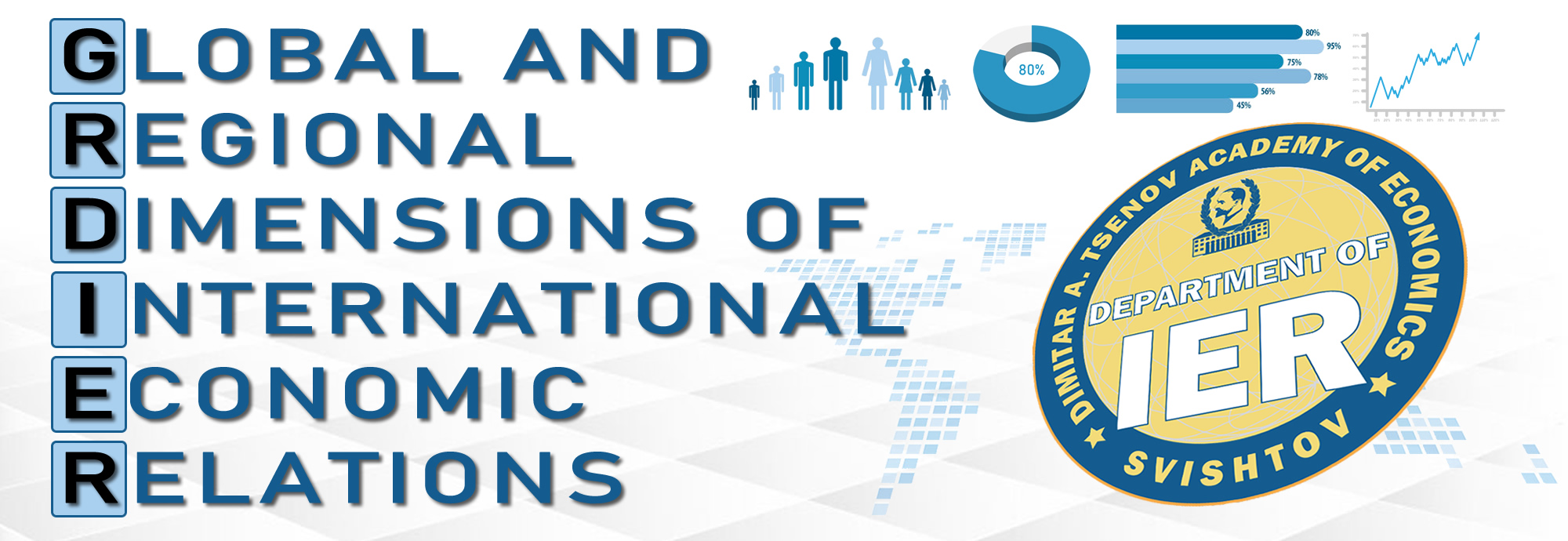SOCIO-ECONOMIC FACTORS FOR CROSS-BORDER COOPERATION KARDJALI-DRAMA-RHODOPE IN THE FIELD OF CULTURAL TOURISM
Authors
Keywords
cross-border cooperation, cultural tourism, socio-economic factors, Drama, Rhodope
Summary
This study analyses the socio-economic factors that influence the development of cross-border cooperation between the Municipality of Kardzhali and the prefectures of Drama and Rhodope in the context of cultural tourism. The study considers economic incentives, social links, infrastructural prerequisites and cultural heritage as key elements in the cooperation process. Existing initiatives and strategic partnerships that contribute to the sustainable development of the region are analysed. The main focus is on good practices and the challenges that accompany this process, as well as on opportunities for the future development of integrated tourism routes and cultural exchange programmes. The study aims to provide recommendations to improve cross-border cooperation and increase economic and social benefits for both countries.
Pages: 15
DOI: https://doi.org/10.58861/tae.grdier.2025.03



